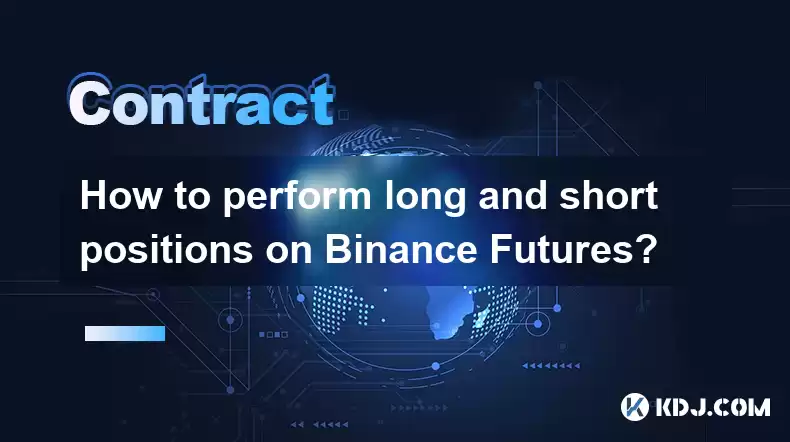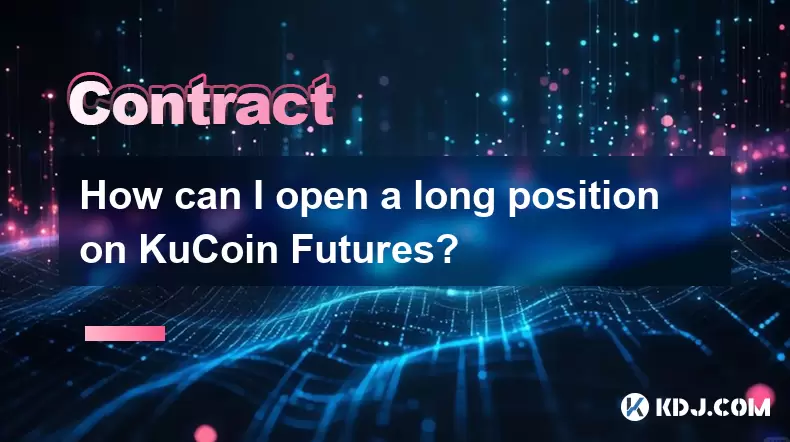-
 Bitcoin
Bitcoin $116700
0.24% -
 Ethereum
Ethereum $3973
4.34% -
 XRP
XRP $3.283
7.68% -
 Tether USDt
Tether USDt $1.000
0.01% -
 BNB
BNB $789.8
2.27% -
 Solana
Solana $176.2
3.31% -
 USDC
USDC $0.9999
0.00% -
 Dogecoin
Dogecoin $0.2238
5.14% -
 TRON
TRON $0.3389
-0.51% -
 Cardano
Cardano $0.7907
4.03% -
 Stellar
Stellar $0.4527
10.02% -
 Hyperliquid
Hyperliquid $41.07
4.27% -
 Sui
Sui $3.794
1.77% -
 Chainlink
Chainlink $19.49
10.40% -
 Bitcoin Cash
Bitcoin Cash $580.9
0.74% -
 Hedera
Hedera $0.2617
4.32% -
 Avalanche
Avalanche $23.41
3.67% -
 Ethena USDe
Ethena USDe $1.001
-0.03% -
 Litecoin
Litecoin $122.4
1.38% -
 Toncoin
Toncoin $3.364
1.49% -
 UNUS SED LEO
UNUS SED LEO $8.988
0.37% -
 Shiba Inu
Shiba Inu $0.00001295
2.82% -
 Uniswap
Uniswap $10.62
5.75% -
 Polkadot
Polkadot $3.922
4.46% -
 Dai
Dai $1.000
0.01% -
 Bitget Token
Bitget Token $4.494
2.15% -
 Monero
Monero $268.0
-1.30% -
 Cronos
Cronos $0.1523
3.68% -
 Pepe
Pepe $0.00001127
4.43% -
 Aave
Aave $285.4
4.85%
How to perform long and short positions on Binance Futures?
Binance Futures enables long & short cryptocurrency trades, leveraging price increases (long) or decreases (short). High leverage magnifies profits but also risks; managing margin & understanding order types are crucial for success.
Mar 25, 2025 at 08:14 pm

Key Points:
- Binance Futures offers both long and short positions, allowing traders to profit from both rising and falling prices.
- Opening a long position involves buying a contract, anticipating price increases.
- Opening a short position involves selling a contract, anticipating price decreases.
- Leverage magnifies profits but also losses; careful risk management is crucial.
- Understanding order types, margin management, and liquidation is vital for successful trading.
How to Perform Long and Short Positions on Binance Futures?
Binance Futures allows traders to speculate on the price movements of cryptocurrencies through long and short positions. A long position is a bet that the price will go up, while a short position is a bet that the price will go down. Both strategies offer the potential for significant profits, but also carry substantial risks. Let's explore how to execute each.
Opening a Long Position:
To open a long position, you essentially buy a futures contract. You believe the price of the underlying cryptocurrency will increase. If your prediction is correct, you can close your position at a higher price, realizing a profit. The profit is the difference between the entry and exit prices, amplified by the leverage you used. Remember, leverage magnifies both profits and losses.
- Choose your cryptocurrency: Select the cryptocurrency you want to trade on Binance Futures.
- Set your leverage: Choose the leverage you want to use. Higher leverage amplifies potential gains but also increases risk.
- Place a buy order: Use a market order for immediate execution or a limit order to buy at a specific price.
- Monitor your position: Track the price movement and manage your risk.
- Close your position: When you believe the price has reached its peak, or your risk tolerance is met, close your position by placing a sell order.
Opening a Short Position:
Opening a short position is the opposite of a long position. You're essentially borrowing an asset and selling it, hoping the price will fall. If the price drops, you can buy it back at a lower price, pocketing the difference. Again, leverage magnifies both potential profits and losses.
- Choose your cryptocurrency: Select the cryptocurrency you want to short.
- Set your leverage: Determine your desired leverage, understanding the increased risk involved.
- Place a sell order: Use a market order for immediate execution or a limit order to sell at a specific price.
- Monitor your position: Keep a close eye on the price movements and manage your risk parameters.
- Close your position: When the price drops to your target, or your risk tolerance is reached, buy back the contract to close your short position.
Understanding Order Types:
Binance Futures offers various order types, each suited for different trading strategies.
- Market Orders: These are executed immediately at the best available price. They're best for speed but may not get the exact price you want.
- Limit Orders: These allow you to set a specific price at which you want to buy or sell. This gives you more control but may not execute if the price doesn't reach your target.
- Stop-Limit Orders: These combine aspects of both limit and stop orders, offering a degree of price protection. A stop-limit order will only execute if the price reaches a certain stop price, and then it will execute as a limit order at your specified price.
- Stop Market Orders: These are executed at the market price once a specified stop price is reached. They guarantee execution but may result in a less favorable price than anticipated.
Margin Management and Liquidation:
Effective margin management is crucial for preventing liquidation. Liquidation occurs when your losses exceed your margin, and Binance automatically closes your position to prevent further losses. This can result in significant financial setbacks. Always use appropriate leverage and monitor your position closely.
Leverage and Risk Management:
Leverage is a double-edged sword. While it can amplify profits, it also significantly magnifies losses. Beginners should start with low leverage to gain experience and avoid substantial losses. Effective risk management strategies, including setting stop-loss orders and diversifying your portfolio, are essential.
Frequently Asked Questions:
Q: What is the minimum amount I need to trade on Binance Futures? A: The minimum amount varies depending on the cryptocurrency and leverage used. Check the specific requirements for each trading pair.
Q: What are the fees involved in Binance Futures trading? A: Binance Futures charges maker and taker fees, which vary depending on your trading volume and BNB holdings. Refer to Binance's fee schedule for detailed information.
Q: What happens if my position is liquidated? A: When your position is liquidated, Binance automatically closes your position to limit further losses. You will lose the initial margin used in the trade.
Q: How can I protect myself from liquidation? A: Use appropriate leverage, set stop-loss orders to limit potential losses, and closely monitor your position's performance. Never risk more than you can afford to lose.
Q: Are there any educational resources available on Binance Futures? A: Yes, Binance offers various educational resources, including tutorials, articles, and webinars, to help users learn about futures trading. It's highly recommended to utilize these resources before engaging in live trading.
Disclaimer:info@kdj.com
The information provided is not trading advice. kdj.com does not assume any responsibility for any investments made based on the information provided in this article. Cryptocurrencies are highly volatile and it is highly recommended that you invest with caution after thorough research!
If you believe that the content used on this website infringes your copyright, please contact us immediately (info@kdj.com) and we will delete it promptly.
- Coinbase, Cosmos, and dYdX: Navigating the Crypto Currents
- 2025-08-09 06:30:16
- BNB Price, Altcoins, and Predictions: What's the Buzz?
- 2025-08-09 06:30:16
- Crypto Presale Projects Primed for Gains in 2025: A New Yorker's Take
- 2025-08-09 06:50:15
- Ruvi AI: The Millionaire Maker Poised for a Price Spike?
- 2025-08-09 06:50:15
- Cold Wallet, CoinMarketCap, Cardano & XRP: Navigating Crypto's Next Big Wave
- 2025-08-09 07:10:15
- Hedera (HBAR) Price Surge: Market Cap Soars, What's Next?
- 2025-08-09 07:10:15
Related knowledge

What is the difference between realized and unrealized PNL on KuCoin?
Aug 09,2025 at 01:49am
Understanding Realized and Unrealized PNL on KuCoinWhen trading on KuCoin, especially in futures and perpetual contracts, understanding the distinctio...

How does KuCoin Futures compare against Binance Futures in terms of features?
Aug 09,2025 at 03:22am
Trading Interface and User ExperienceThe trading interface is a critical component when comparing KuCoin Futures and Binance Futures, as it directly i...

What is the distinction between mark price and last price on KuCoin?
Aug 08,2025 at 01:58pm
Understanding the Basics of Price in Cryptocurrency TradingIn cryptocurrency exchanges like KuCoin, two key price indicators frequently appear on trad...

What are the specific maker and taker fees on KuCoin Futures?
Aug 08,2025 at 08:28am
Understanding Maker and Taker Fees on KuCoin FuturesWhen trading on KuCoin Futures, users encounter two primary types of fees: maker fees and taker fe...

Can you explain the difference between cross margin and isolated margin on KuCoin?
Aug 09,2025 at 02:57am
Understanding Margin Trading on KuCoinMargin trading on KuCoin allows traders to borrow funds to increase their trading position beyond their actual c...

How can I open a long position on KuCoin Futures?
Aug 09,2025 at 02:07am
Understanding KuCoin Futures and Long PositionsOpening a long position on KuCoin Futures means you are speculating that the price of a cryptocurrency ...

What is the difference between realized and unrealized PNL on KuCoin?
Aug 09,2025 at 01:49am
Understanding Realized and Unrealized PNL on KuCoinWhen trading on KuCoin, especially in futures and perpetual contracts, understanding the distinctio...

How does KuCoin Futures compare against Binance Futures in terms of features?
Aug 09,2025 at 03:22am
Trading Interface and User ExperienceThe trading interface is a critical component when comparing KuCoin Futures and Binance Futures, as it directly i...

What is the distinction between mark price and last price on KuCoin?
Aug 08,2025 at 01:58pm
Understanding the Basics of Price in Cryptocurrency TradingIn cryptocurrency exchanges like KuCoin, two key price indicators frequently appear on trad...

What are the specific maker and taker fees on KuCoin Futures?
Aug 08,2025 at 08:28am
Understanding Maker and Taker Fees on KuCoin FuturesWhen trading on KuCoin Futures, users encounter two primary types of fees: maker fees and taker fe...

Can you explain the difference between cross margin and isolated margin on KuCoin?
Aug 09,2025 at 02:57am
Understanding Margin Trading on KuCoinMargin trading on KuCoin allows traders to borrow funds to increase their trading position beyond their actual c...

How can I open a long position on KuCoin Futures?
Aug 09,2025 at 02:07am
Understanding KuCoin Futures and Long PositionsOpening a long position on KuCoin Futures means you are speculating that the price of a cryptocurrency ...
See all articles

























































































